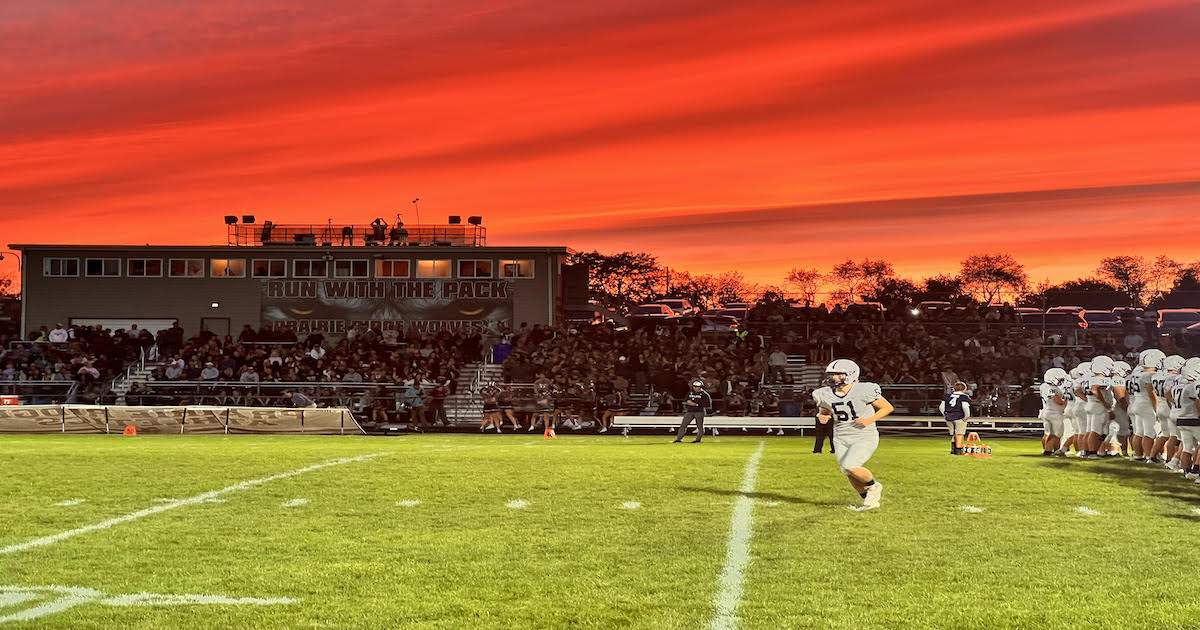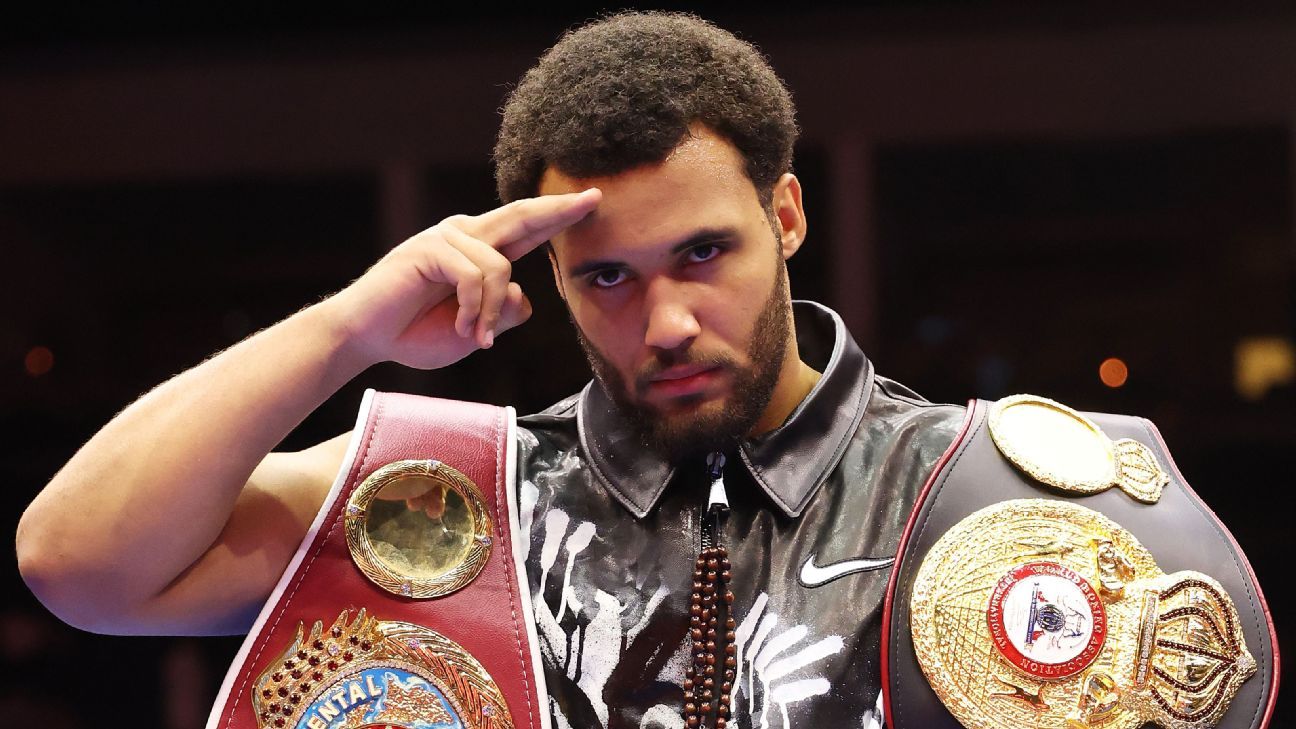Aug. 19, 2025Updated 2:22 p.m. ET
During his first administration, President Trump did not do much to influence cultural life in Washington or beyond. He snubbed the Kennedy Center Honors and waited until the end of his term to unveil projects like a National Garden of American Heroes, which was overturned by the Biden administration
But early in his second term, he has appointed himself chairman of the John F. Kennedy Center for the Performing Arts, revived the statue garden project and pushed for greater oversight of the Smithsonian, among other things. Those chosen by the White House to oversee these efforts are Trump allies, but some do not have extensive backgrounds in the arts.
“President Trump is restoring Americanism and has entrusted the most talented patriots to successfully usher in the Golden Age of American Arts and Culture,” Davis Ingle, a White House spokesman, said in a statement.
Here are some of the key players now involved:
The Smithsonian
Lindsey Halligan
Image
Administration’s Concern: In March, the White House released an executive order, “Restoring Truth and Sanity to American History,” that depicted the Smithsonian as portraying American and Western values in a negative light.
Mr. Trump’s Plan: The president has requested a widespread review of the institution’s current and future exhibits and programming. The review, White House officials said, would aim at “replacing divisive or ideologically driven language with unifying, historically accurate and constructive descriptions.” The Smithsonian, which has long operated as an independent institution outside the purview of the executive branch, gets 62 percent of its more than $1 billion annual budget from congressional appropriation, federal grants and government contracts. It has yet to comment on the plan.
Ms. Halligan’s Background: A special assistant to the president and lawyer by training, she would lead the White House review and is one of three signers of a letter to the Smithsonian that announced the president’s plan.
Before joining the White House staff, Ms. Halligan was a member of Mr. Trump’s legal team. White House officials said Ms. Halligan’s duties include scrutinizing draft executive orders, briefing materials and press releases to identify “inconsistencies and potential legal risks.”
She does not have experience in the museum world, but in an interview with The Washington Post, Ms. Halligan took credit for raising concerns about the Smithsonian’s programming. “And so I talked to the president about it,” she said, “and suggested an executive order, and he gave me his blessing, and here we are.”
In a statement, the White House said that while Ms. Halligan does not have experience in the museum sector, her “strong legal and policy background” made her a fit choice for the role. Ms. Halligan, who has competed in the Miss Colorado USA pageant, told the The Washington Post that her confidence and discipline came from a background participating in pageants and sports like basketball.
White House Ballroom
James McCrery II
Image
Administration’s Concern: Many presidents have complained that the White House lacked space for large social functions, but they made do by pitching a tent on the lawn. Mr. Trump is seeking a more permanent solution: a big, beautiful ballroom.
Mr. Trump’s Plan: Construction of a 90,000-square-foot ballroom that will expand the East Wing and hold 650 people. The projected $200 million cost is to be borne, administration officials said, by his own money and money raised from private donors.
Mr. McCrery’s Background: A successful architect, he was appointed during Mr. Trump’s first term to the Commission of Fine Arts, an independent federal agency that oversees design projects in the capital. Though he studied modernist architecture at Ohio State, he has said he became disillusioned by the often spartan style and switched to traditionalism. A nonprofit organization he helped start, the National Civic Art Society, promotes neoclassical architecture and supports “making federal buildings beautiful again.” He currently serves as a tenured professor of architecture at Catholic University of America.
Mr. McCrery’s experience on large federal projects is limited, though he designed the gift shop inside the U.S. Supreme Court and the pedestals for a statue of the evangelist Billy Graham in the Capitol crypt and a statue of President Ronald Reagan in the rotunda.
Kennedy Center
Richard Grenell
Image
Administration’s Concern: “We don’t need woke at the Kennedy Center,” President Trump told reporters in February, speaking of the performing arts venue that is home to organizations like National Symphony Orchestra and the Washington National Opera. He has suggested on social media that the nonprofit had suffered because it staged “drag shows, or other anti-American propaganda.”
Mr. Trump dismissed the Biden appointees from its previously bipartisan board and had himself made chairman. After Mr. Grenell was tapped to lead the Kennedy Center he expressed dismay at its deferred maintenance and deficit, challenges many nonprofit arts organizations face. He also told The Daily Caller, a conservative media outlet, that the Kennedy Center would likely turn to nonunion shows in the future, saying, “The restrictive and expensive nature of union-only shows isn’t good for a diverse community. We want more options, not fewer.”
Previous leaders of the Kennedy Center have disagreed with the administration’s characterization of an organization in shambles. Deborah F. Rutter, its previous president, said that she had left the center well positioned financially “while serving as a beacon for free artistic expression and a place where everyone could belong.”
Mr. Trump’s Plan: He has promised a major renovation and new programming, including what Mr. Grenell described as a “huge celebration of the birth of Christ at Christmas.” In May, House Republicans approved a proposed budget allocating $257 million to the Kennedy Center for capital repairs and other expenses, roughly six times the amount it usually receives from the government.
Mr. Grenell has overseen layoffs at the Kennedy Center and hired a new chief financial officer, Donna Arduin, to reduce the organization’s deficit. He has also suggested renting the venue for more business events and programming more family-friendly shows to boost ticket sales.
Some artists have objected to the changes and some productions have canceled their performances, including a touring version of the musical “Hamilton.”
Mr. Grenell’s Background: His career has largely been as a political adviser and he did not have experience in the culture world before joining the Kennedy Center as its president.
He currently serves as the special presidential envoy for special missions and is on the board of directors for Live Nation Entertainment. During Mr. Trump’s first administration, he was the ambassador to Germany and, for a time, the acting director of national intelligence.
National Endowment for the Arts
Mary Anne Carter
Image
Administration’s Concern: The National Endowment for the Arts has been in the cross hairs of some Republicans since at least the 1980s, as conservatives complained that federal funds went toward artistic projects that they considered wasteful, offensive or designed to promote a liberal agenda.
Mr. Trump attempted to defund the endowment during his first term, but Congress restored funding. In his second term, the president has repeated his view that the N.E.A. and other small agencies are examples of “waste” in the federal government.
Mr. Trump’s Plan: The president’s fiscal year 2026 budget proposal calls for the elimination of the N.E.A. and the administration has cut grants to arts organizations around the country.
The endowment also suspended a program supporting projects for underserved groups and communities, saying it would instead prioritize works that “celebrate and honor the nation’s rich artistic heritage and creativity” during the lead-up to the 250th anniversary of American independence. And it told groups not to use federal funds to promote “diversity, equity and inclusion” or “gender ideology” in ways that run afoul of Mr. Trump’s executive orders.
Ms. Carter’s Background: She served as the endowment’s chairwoman during Mr. Trump’s first administration and has returned to fill that role again. A political consultant in Florida before joining the Trump administration, Ms. Carter founded MAC Research, which specialized in political and public affairs, and in 2011 served as chief policy adviser to the governor, Rick Scott, who is now one of the state’s Republican senators.
She was first appointed to the National Endowment for the Arts in 2017 as senior deputy chairman and was unanimously confirmed by the Senate as chairman in 2018 after being nominated by President Trump. She had no professional experience in the arts at the time, but gained approval from the agency’s staff for her interest in arts education; she has credited dance classes as helping to make “the learning process both productive and enjoyable for her daughter” who has learning differences.
Among the accomplishments she has listed as leader of the endowment are expanding support for Creative Forces, an arts therapy program for U.S. service members and veterans, and bolstering national initiatives like Shakespeare in American Communities.
Since rejoining the endowment earlier this year, Ms. Carter has continued to champion those causes and to advocate the importance of arts funding.
Garden of American Heroes
Vince Haley
Image
Administration’s Concern: In 2021, President Trump said that the “desecration” of statues of George Washington, Thomas Jefferson and other “heroes of 1776” was “a sign of dangerous anti-American extremism.” In an executive order that year, he outlined his idea for a National Garden of American Heroes.
The conversation about who gets honored in marble and bronze had been building for years but reached its height in the protests that followed George Floyd’s murder in 2020. The removal of statues of Confederate leaders and slaveowners became commonplace. And in New York, the American Museum of Natural History took down the statue of Theodore Roosevelt, flanked by representations of a Native American man and an African man on foot, that had occupied its front steps.
Mr. Trump’s Plan: The president first announced his idea of the creation of “a vast outdoor park that will feature the statues of the greatest Americans to ever live” in a July 2020 appearance at Mount Rushmore.
The project was revived this year — with a list of American heroes to potentially honor that includes 250 names in an eclectic mix of presidents, military heroes, activists and figures from arts, culture and sports that includes Elvis Presley, the Rev. Dr. Martin Luther King Jr., George Washington, Ronald Reagan, Frank Lloyd Wright and Kobe Bryant.
There is no official location for the national garden, though Larry Rhoden, the governor of South Dakota, and a mining company, Pete Lien & Sons, have offered 40 acres of land near Mount Rushmore as a potential site (which has drawn opposition from Indigenous groups). Though there have been hopes of unveiling the monument park in time for the country’s 250th birthday next year, officials have more recently said it is unlikely it could be completed before 2029.
Mr. Haley’s Background: A former speechwriter for Mr. Trump, he is now director of the Domestic Policy Council, a top administration post. He has been credited with cultivating the idea of the garden project, though his background has been largely in politics.
Mr. Haley has worked in Republican politics for more than two decades, including a role as a policy director in Newt Gingrich’s unsuccessful 2012 presidential campaign. During Mr. Trump’s first term he became an influential speechwriter who helped shape the Republican Party’s position on issues like abortion, cryptocurrency and diversity programs. During Mr. Trump’s 2024 campaign, he was also director of policy and speech writing.
Now Mr. Haley is not only responsible for completing the garden project but his portfolio has come to include guiding Task Force 250, a Trump initiative charged with helping provide “a grand celebration” of the national anniversary next year.
Jennifer Schuessler contributed reporting.
Zachary Small is a Times reporter writing about the art world’s relationship to money, politics and technology.
.png)
 German (DE)
German (DE)  English (US)
English (US)  Spanish (ES)
Spanish (ES)  French (FR)
French (FR)  Hindi (IN)
Hindi (IN)  Italian (IT)
Italian (IT)  Russian (RU)
Russian (RU)  1 hour ago
2
1 hour ago
2








Comments